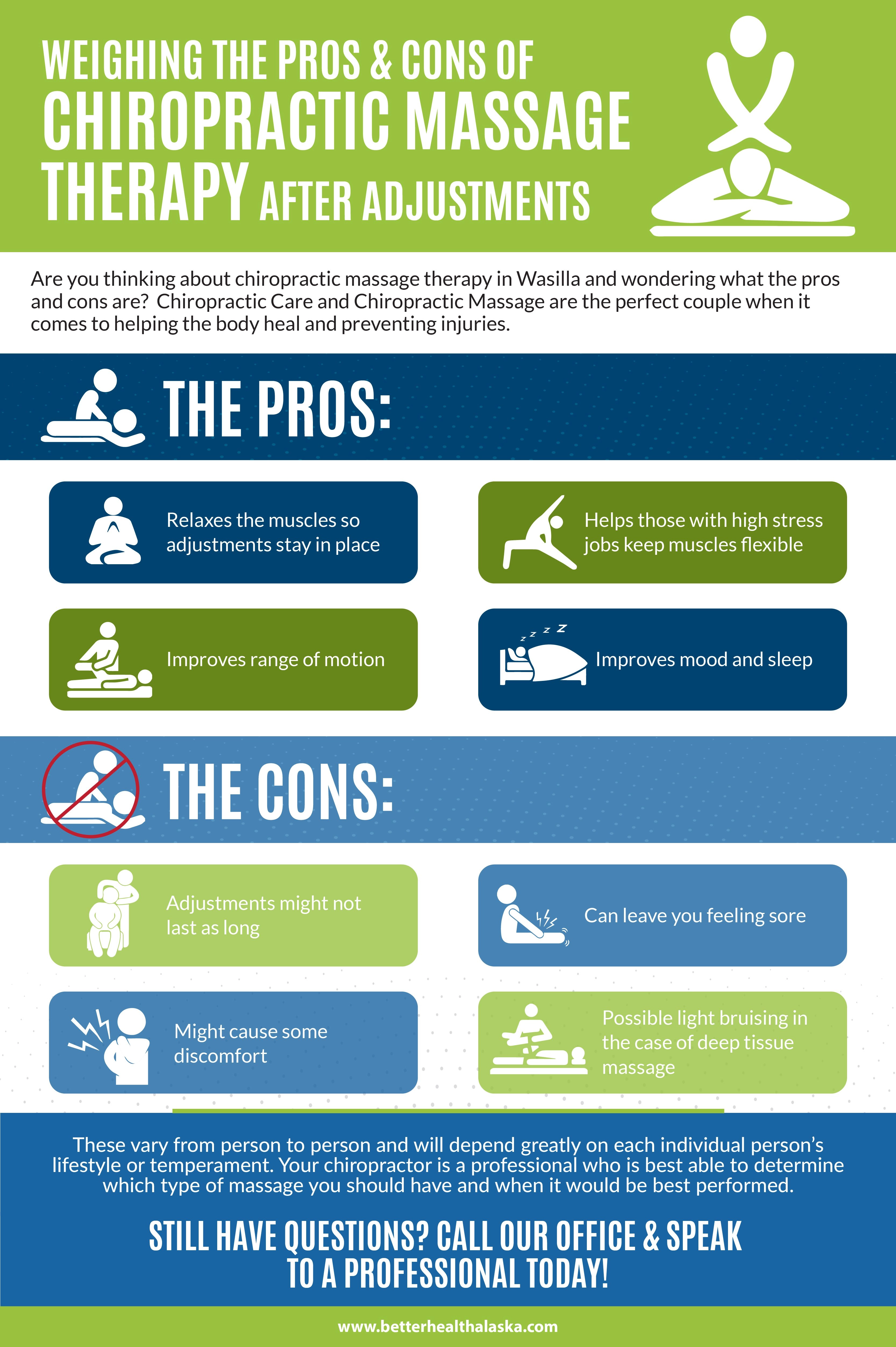The Result Of Stance On Pain In The Back: Standards For Maintaining Great Positioning Throughout Your Everyday Routine
The Result Of Stance On Pain In The Back: Standards For Maintaining Great Positioning Throughout Your Everyday Routine
Blog Article
Short Article Composed By-Kragh Fox
Keeping proper position isn't just about sitting up right; it's about aligning your body in such a way that supports your spinal column and minimizes the threat of pain in the back. The method you rest, stand, and relocate throughout the day can substantially influence your spinal wellness. Yet exactly how exactly can you make sure great alignment continually, even throughout busy days filled with various tasks? Allow's dig deeper into the subtle yet impactful changes you can make to your daily routine to keep your back pleased and healthy and balanced.
Relevance of Appropriate Pose
Correct posture is important in preserving a healthy and balanced back and stopping pain. When what causes back pain sit or stand with good stance, your spinal column is in alignment, reducing strain on your muscle mass, tendons, and joints. This positioning allows the body to distribute weight uniformly, preventing excessive stress on specific areas that can cause discomfort and discomfort. By keeping your back properly aligned, you can also enhance your breathing and food digestion, as slouching can press organs and limit their capability.
In addition, keeping good stance can boost your general look and positive self-image. When you stand tall with your shoulders back and head held high, you exhibit confidence and appear more friendly. Great posture can additionally make you feel more stimulated and alert, as it promotes appropriate blood flow and allows your muscles to function successfully.
Integrating proper stance right into your daily regimen, whether resting at a workdesk, walking, or exercising, is necessary for protecting against pain in the back and promoting overall well-being. Bear in mind, a small change in just how you hold yourself can make a considerable distinction in how you feel and operate throughout the day.
Common Postural Mistakes
When it pertains to preserving great stance, several people unwittingly make common blunders that can add to pain in the back and discomfort. One of the most widespread errors is slumping over or stooping over while resting or standing. This setting puts too much pressure on the spine and can bring about muscle mass imbalances and pain in the long run.
An additional typical mistake is overarching the lower back, which can flatten the all-natural curve of the spinal column and cause pain. In addition, crossing legs while sitting may feel comfy, yet it can produce a discrepancy in the hips and pelvis, causing postural issues.
Utilizing a pillow that's too soft or also solid while resting can additionally impact your placement and contribute to pain in the back. Last but not least, regularly craning your neck to check out screens or adjusting your setting frequently can stress the neck and shoulders. Being mindful of these typical postural mistakes can assist you maintain much better positioning and minimize the danger of back pain.
Tips for Correcting Alignment
To boost your positioning and decrease pain in the back, it's vital to concentrate on making small adjustments throughout your everyday regimen. Start by bearing in mind your position. When resting, ensure your feet are level on the floor, your back is straight, and your shoulders are unwinded. Avoid slouching or leaning to one side. Usage ergonomic chairs or pillows to support your reduced back.
When standing, disperse your weight uniformly on both feet, maintain your knees somewhat curved, and embed your pelvis. Engage your core muscular tissues to sustain your spine. Take breaks to stretch and walk if you have a less active work. Incorporate exercises that enhance your core and back muscles, such as slabs or bridges.
While sleeping, make check this site out of a cushion that sustains the all-natural curve of your neck to maintain correct back positioning. Prevent sleeping on your belly, as it can stress your neck and back. By being mindful of these pointers and making small modifications, you can gradually correct your positioning and reduce back pain.
Verdict
Remember, maintaining good position is vital to preventing neck and back pain and advertising spinal health. By being mindful of your alignment, dispersing weight evenly, and engaging your core muscle mass, you can reduce strain on your back and lessen the threat of discomfort and injury. Incorporate ergonomic support, take regular breaks to extend, and strengthen your core and back muscle mass to maintain appropriate placement throughout the day. Your back will certainly thanks for it!
